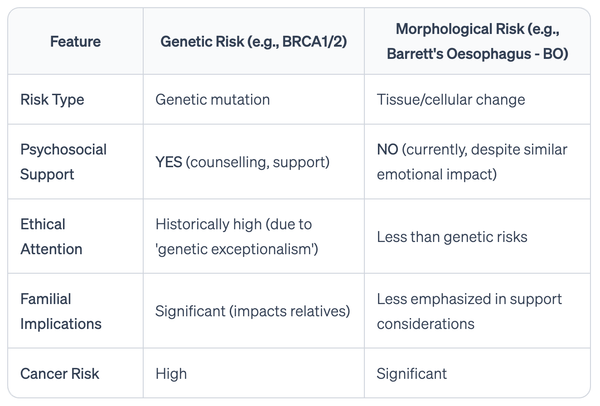Opportunities for esophageal cancer screening

Using the VA Central Cancer Registry, the authors investigated opportunites to undergo screening for esophageal adenocarcinoma (EAC), finding more than 80% of cancer patients had not undergone prior upper endoscopy, even though the vast majority had potential opportunities.
Patients with Adenocarcinoma of the Esophagus or Esophagogastric Junction Frequently Have Potential Screening Opportunities
Joel H Rubenstein 1, Richard R Evans 2, Jennifer A Burns 2, Maria E Arasim 2, Ji Zhu 3, Akbar K Waljee 4, Harnessing Opportunities to Screen for Esophageal Adenocarcinoma Group; Peter W Macdonald 3, Megan A Adams 4, Joy W Chang 5, Elizabeth M Firsht 2, Sarah T Hawley 6, Sameer D Saini 4, Lauren P Wallner 7
PMID: 34942170 DOI: 10.1053/j.gastro.2021.12.255
Abstract
Symptoms of gastroesophageal reflux disease (GERD) are risk factors for Barrett’s esophagus (BE) and esophageal adenocarcinoma (EAC). Guidelines recommend considering endoscopic screening for patients with GERD and additional risk factors.1 Screening programs can fail due to failure of uptake of initial screening or of surveillance among those with known BE. Prior studies have demonstrated that fewer than 20% of patients with EAC had an esophagogastroduodenoscopy (EGD) before diagnosis of cancer, but were typically defined as an EGD within just a few years before. 2-5 Those studies also did not address whether there were potential opportunities to undergo screening. Such opportunities could include encounters for GERD, prescription of acid-reducing medications, or for colorectal cancer screening. We quantified the proportion and types of potential opportunities for screening and surveillance among individuals who later developed EAC. Because esophagogastric junction adenocarcinoma (EGJAC) shares many risk factors with EAC we also explored the same opportunities for EGJAC.




